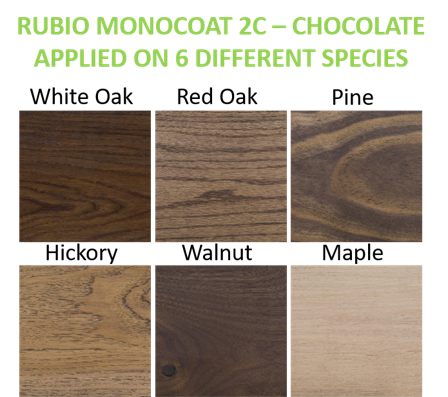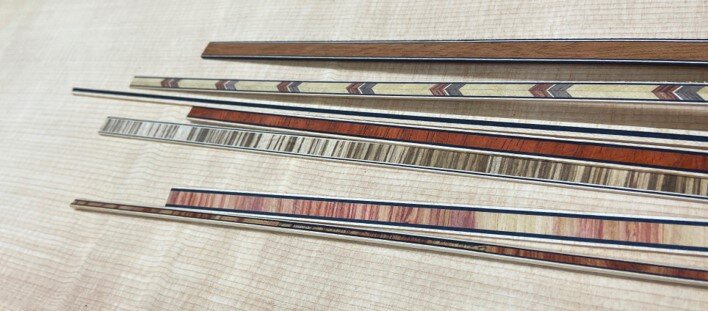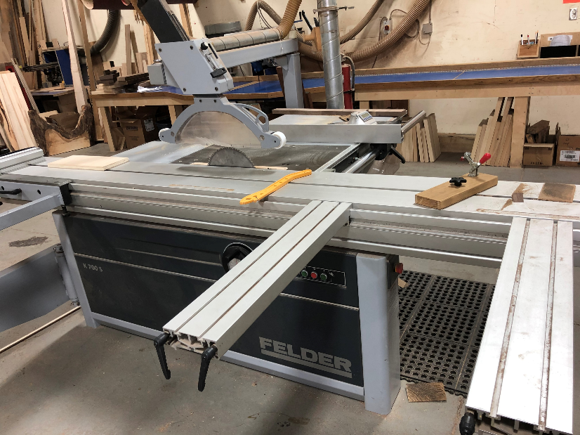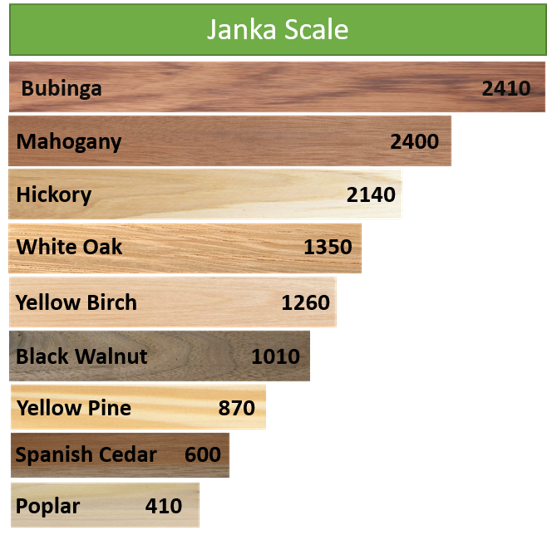Choosing Material: 4 Things To Consider
Your choice of materials can determine the amount of time and money that is put into your project. There are always types of wood that will work better than others, some more expensive and some less expensive. Price does not always dictate quality or suitability. With that in mind, we’re going to look at a few important criteria for choosing your project materials.

Suitability to Purpose
Not every species of wood is going to be suitable for the purpose or the scale of your project. While you could produce a cutting board out of knotty pine, that’s certainly not going to be your first choice for actual kitchen use. If you’re putting together a garden bench, it is advisable to choose a wood that can withstand at least moderate weather exposure. Certain trees will yield a slab large enough for a corporate board room table, but many others just don’t grow that big. Consider the final finish when selecting your material. Not all species take stain nicely. (we’re looking at you, Birch and Maple). Some will be easier to finish than others. It’s wise to investigate the properties (strength, workability, weatherability and rot resistance etc.) of different types of wood before you make your decision on what to use for your project. If you have questions, we’re happy to help.

Not every specie accepts the stain the same way…
Budget
For most of us, budget is a factor in what materials we purchase; maybe the single biggest factor. And the truth is, wood can be very expensive. But it doesn’t have to be. There are lower-cost alternatives and even wow-factor options that can fall within a modest budget. Clever design touches, like using contrasting inlays or small elements made from visually striking species such as Padauk or Purpleheart, can help you create something very eye-catching for less than what you might expect. If you plan to paint the wood, there are great wallet-friendly options like Poplar and Soft Maple. If you’re looking to use a stain on the project, consider Ash, or Sapele.
The best plan is to come with a realistic expectation as to what things are going to cost. A single-slab dining table made from Waterfall Bubinga can’t be had in the same price range as a factory-made number from the Swedish box store, but there is probably something very nice that can work within your budget. Come on in and talk to our sales associates about the possibilities. Whether your budget is really tight, “the sky’s the limit” or you’re somewhere in between, we’re ready to assist.

A selection of our inlays…
Skill Level
Woodworking skills are built through time spent in the pursuit of perfection. If it’s your first attempt at any facet of the craft, whether it be surfacing material, routing a profile, mortise and tenon joinery, carving a spoon or wherever else your interests or needs lead you, our knowledgeable staff are here to help in any way we can. Woodworking can be an exciting venture but don’t forget that certain projects require certain skill levels as well as specific tools. Larger-scale projects such as river tables and furniture builds require more room as well as more machinery. Smaller-scale projects such as carving don’t require a whole lot of space or much fancy machinery, but will still encourage you to build your skills. It doesn’t hurt to go with co-operative, workable woods and smaller, faster projects that allow you to build your knowledge and gain confidence in your abilities. It also doesn’t hurt to experiment with some of the huge variety of wood that’s available, so that when you decide to make a “forever” piece, you have all the possibilities that you could ask for.

What tools do you have available to work with?
Workability
There’s a common misconception that anything “nicer” than Pine or Poplar is going to be difficult to work with. This is simply not true. Workability varies at every price point. The further into your woodworking journey you go, the more likely it is that you will have tools and skills that allow more flexibility in working with different types of materials, There are definitely levels of workability in the many different species we stock; here are a few considerations:
– While your portable job site table saw might not have the power to rip 2-inch-thick hard maple, a “beefier” cabinet saw would likely do the job.
– Some species glue up well, others require special attention or glues.
– Are you equipped to flatten and surface rough lumber? Would D4S material make more sense?
– Going for a clear finish or will you stain first? The type of wood that you choose can make a big difference for how you finish, and how much time and effort will go into getting you the results that you are looking for.

A wood’s hardness is determined by its Janka Scale rating, The lower the rating the softer the wood…
A little knowledge can go a long way to help avoid issues along the way. For example, if you are going to give hand-cut dovetails a go, firstly make sure your tools are up to the task (you might have to sharpen – a skill of its own!) and secondly try to avoid a denser species that is going to challenge you every step of the way, especially as a beginner. Mistakes can be costly, so if you’re looking at a project that will be pushing you to expand your skill-set, choosing a workable wood can make things less imposing, and the choice of a reasonably affordable wood will give you room to pick up a little extra material, in case of a mistake. Because mistakes happen sometimes. We’ve all got stories, regardless of our level of experience, and we’re happy to share them so that you can avoid our prior oversights, and if you’re an “old hand” at this we’d love to talk to you about your experiences, preferences and practices.
As ever, we are ready and willing to help you in any facet of your project from beginning to end. Contact us or drop by today!
